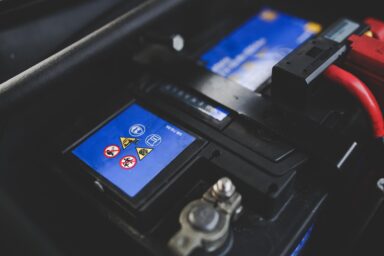The European Commission has announced it received 76 expressions of interest to set up AI gigafactories across 16 EU member states and 60 proposed sites. The response significantly exceeds expectations, signalling strong momentum for Europe’s ambition to lead the global artificial intelligence race.
The Commission published its Call for Expression of Interest in AI GigaFactories on 9 April and closed it on 20 June 2025. The purpose was to inform the upcoming official call for proposals scheduled for the end of 2025.
Speaking at a press conference, EU Commissioner for Technology Henna Virkkunen hailed the enthusiastic response: “This is very positive news that we have so much interest to invest in Europe, and it seems that Europe is the place for AI investments and competitiveness.”
“This is very positive news that we have so much interest to invest in Europe, and it seems that Europe is the place for AI investments and competitiveness.” – Henna Virkkunen
She emphasised the transformative potential of the initiative, adding: “These AI gigafactories, they will be game changers, integrating cutting-edge computing power, energy-efficient data centres, and AI-driven competitiveness.”
AI continent
The aim of the AI gigafactories initiative is to develop state-of-the-art computing and data hubs capable of training and deploying hyperscale AI models, with hundreds of trillions of parameters. Building on the earlier AI Factories concept, it is a key component of the EU’s broader AI Continent Action Plan.
The initiative is to leverage the European High-Performance Computing Joint Undertaking (EuroHPC JU). The Luxembourg-based public-private partnership is to enable the pooling of European Union–level resources with the resources of participating EU member states (along with participating associated states of the Horizon Europe and Digital Europe programmes) and private stakeholders. The Joint Undertaking has the twin stated aims of developing a pan-European supercomputing infrastructure, and supporting research and innovation activities.
The gigafactories project is to align with the Union’s strategic policy instruments. These include the so-called Competitiveness Compass and Competitiveness Coordination Tool, designed to strengthen industrial coordination between the EU and its member states.
You might be interested
Who is behind the proposals?
While the identities of individual respondents remain confidential, the Commission confirmed participation from major European companies. These include data centre operators, telecoms, power suppliers, and both European and global technology partners and financial investors. Collectively, they anticipate the acquisition of over 3m next-generation GPUs, underscoring the massive scale of the envisioned infrastructure.
These submissions are non-binding but will help the Commission and national authorities map a dynamic roster of potential candidates in advance of the formal selection process.
Next steps
As Ms Virkkunen puts it, “The Commission plans to launch an official call for establishing AI Gigafactories in the EU at the end of 2025.” In the meantime, the Commission is to enter discussions with all respondents to refine technical and investment frameworks. The EuroHPC Joint Undertaking will lead the implementation of the official call, ensuring a coordinated Europe-wide rollout.











